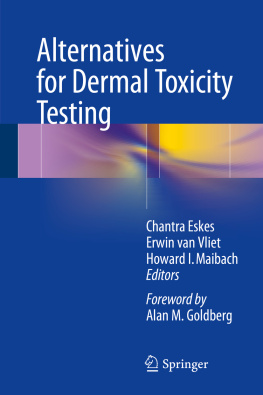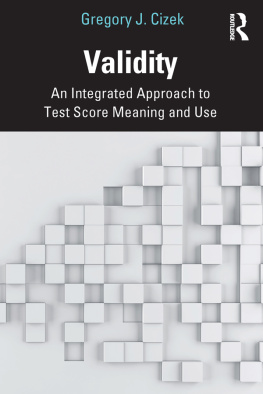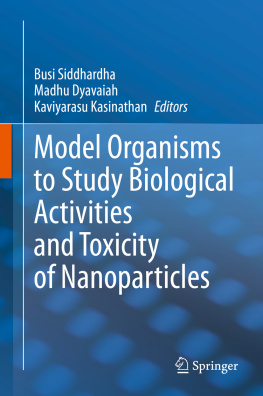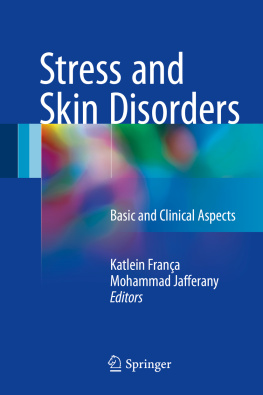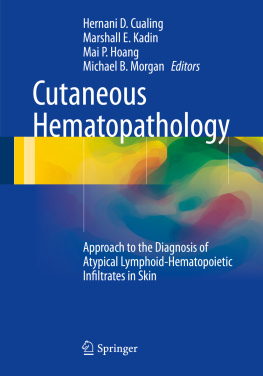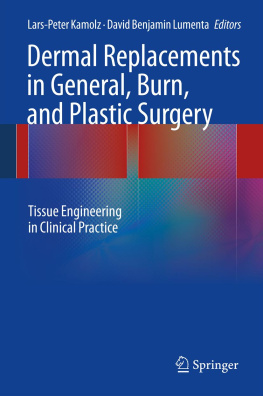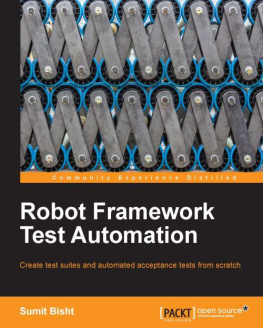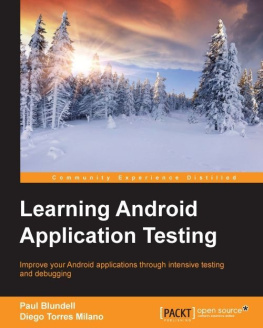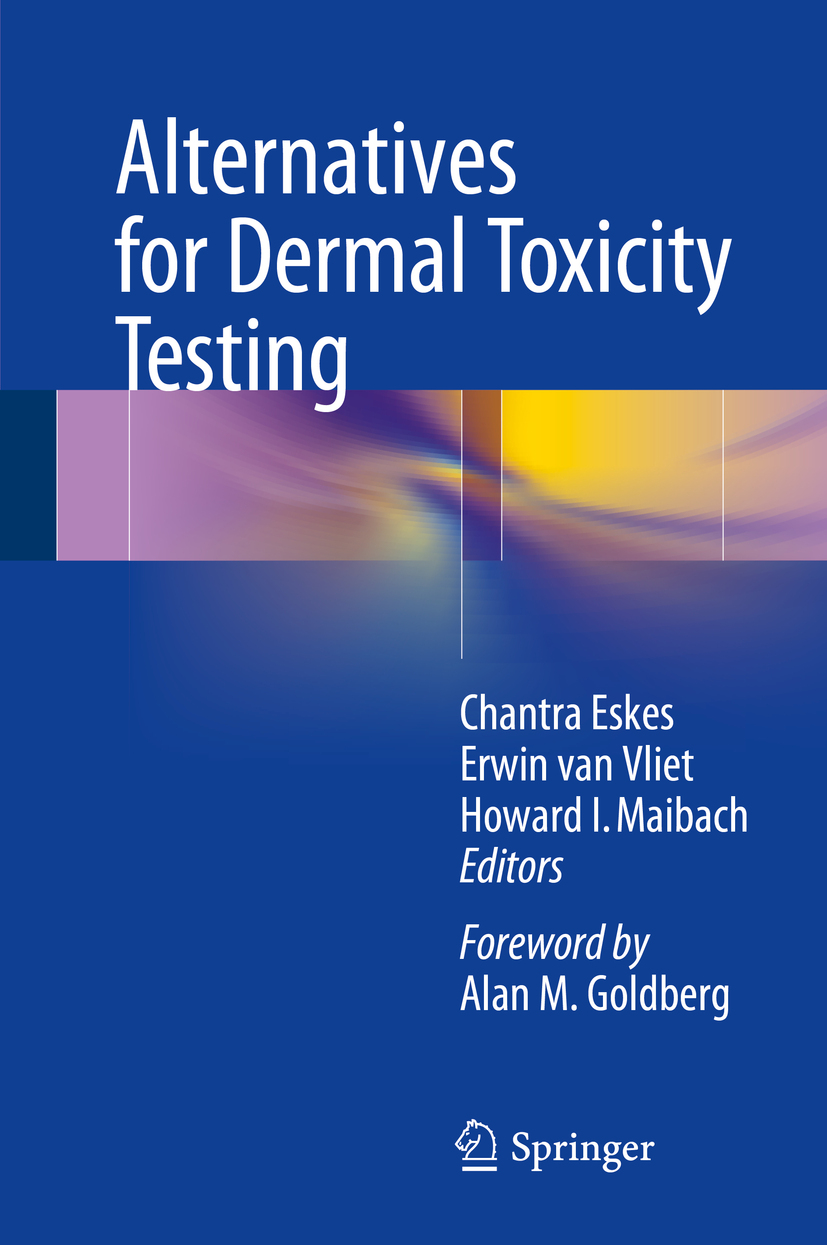Editors
Chantra Eskes
SeCAM, Magliaso, Switzerland
Erwin van Vliet
Innovitox Consulting & Services, Houten, The Netherlands
Howard I. Maibach
Department of Dermatology, University of California School of Medicine, San Francisco, California, USA
ISBN 978-3-319-50351-6 e-ISBN 978-3-319-50353-0
https://doi.org/10.1007/978-3-319-50353-0
Library of Congress Control Number: 2017955816
Springer International Publishing AG 2017
This work is subject to copyright. All rights are reserved by the Publisher, whether the whole or part of the material is concerned, specifically the rights of translation, reprinting, reuse of illustrations, recitation, broadcasting, reproduction on microfilms or in any other physical way, and transmission or information storage and retrieval, electronic adaptation, computer software, or by similar or dissimilar methodology now known or hereafter developed.
The use of general descriptive names, registered names, trademarks, service marks, etc. in this publication does not imply, even in the absence of a specific statement, that such names are exempt from the relevant protective laws and regulations and therefore free for general use.
The publisher, the authors and the editors are safe to assume that the advice and information in this book are believed to be true and accurate at the date of publication. Neither the publisher nor the authors or the editors give a warranty, express or implied, with respect to the material contained herein or for any errors or omissions that may have been made. The publisher remains neutral with regard to jurisdictional claims in published maps and institutional affiliations.
This Springer imprint is published by Springer Nature
The registered company is Springer International Publishing AG
The registered company address is: Gewerbestrasse 11, 6330 Cham, Switzerland
Foreword
This substantial compilation of manuscripts provides an important and comprehensive collection of papers by world-renowned scientists covering the literature on alternatives for dermal toxicity testing.
Historically, dermal testing was initially thought of as one of the more difficult in vitro methods. The physiological basis of dermal toxicity is very complex and involves many different cell types and pathways for sensitivity, irritation, and corrosion. Yet surprisingly, dermal toxicity is one of the earliest areas of in vitro toxicity to provide useful human cell-based systems.
Initial toxicity assay developments were seen as simple (quick) approaches to commercial human skin systems that were being developed for treating burn patients. A few companies learned the hard way that in vitro toxicology was no simpler than using those cultured skin systems as skin grafts. After several years, they all went out of business. Several scientists who understood the complexity, however, focused on developing human skin models for the sole purpose of in vitro toxicity. These models, simple at first, became more standardized and more complex and provided a better matrix for testing.
The Johns Hopkins Center for Alternatives to Animal Testing (CAAT) was founded in 1981 specifically to develop in vitro methods for hazard evaluation and safety testing of cosmetic products (see [1]). One aspect of the research program, identified as Program Projects, was the coordination of several projects within a selected topic to develop a better understanding of mechanisms responsible for a toxic event.
The Avon Program Project
Avon funded CAAT from the first grant (from the Cosmetic, Toiletry, and Fragrance Association (CTFA)) and then continued independently funding the center. After a few years, Avon, in the person of Yale Gressel, asked if CAAT could take on a larger projectdeveloping an in vitro assay to predict skin sensitization.
We approached the problem by inviting about eight laboratories working on various aspects of skin biology to present to their competitors and colleagues. They were asked how they would approach the issue and what aspects they saw as the most important. At first, the discomfort was obvious: Will what I share be used by my competitors? As the day progressed, however, it became clear that each lab would be focusing on different aspects of the problem. We invited five individuals to submit grant applications with the provision that, if approved, up to three applications would be funded.
The funded project teams would get together twice yearly in a roll-up-your-sleeves discussion about their progress and how to proceed. The attendees at these lab meetings were the participants along with other experts from Hopkins, the government, and Avon. And they were wonderful meetings. At almost every meeting a person from one of the sectors would ask a question and the response from another sector would be, That is a great questionI would have never thought of it. In essence, the corporate and government scientists wanted to know how to use the information generated and the academics wanted to better understand the mechanisms involved.
The project lasted nine years, and the science it generated formed the basis of our understanding of mechanisms of skin sensitization. This project was summarized by Craig Elmets [2].
By all measures it was a very successful project, characterized by identification of many of the interleukins, cytokine pathways, and the recognition that keratinocytes play an important role in sensitization. (As quoted from [1])
Toxicity Testing in the Twenty-First Century
The NAS report, Toxicity Testing in the 21st Century: A Vision and a Strategy , was a seminal moment in the development of in vitro assays [3]. This report had undergone external review and I was one of the external reviewers.
The major conclusions of the study included the following:
Animal studies are time-consuming and expensive.
There is a lack of predictability of animal studies as they relate to humans.
We should be using human cells in culture.
We should explore systems biology and pathways and mechanisms of toxicity.
This publication was, and is, a major advancement in in vitro toxicology, alternatives, and risk assessment. It created major new research approaches and opportunities. It provided an important source of encouragement for the development of alternative toxicological methodologies and stimulated what is now recognized as a scientific revolution.
Human Cell in Culture
As the in vitro toxicology field began to develop, animal cells, mainly from rats and mice, were being used, as human cell culture was essentially not available. When CAAT was founded, Leon Golberg (1982) emphasized that human cell cultures would be the key to developing in vitro methods for risk assessment that would be accepted for decision making. How correct he was. As a result of this realization, CAAT, from the very first round of grants, funded research to advance the science of human cell culture. A number of contributors to this volume were funded by CAAT. A summary of many aspects of human cell culture can be found in Bressler et al. [4].

